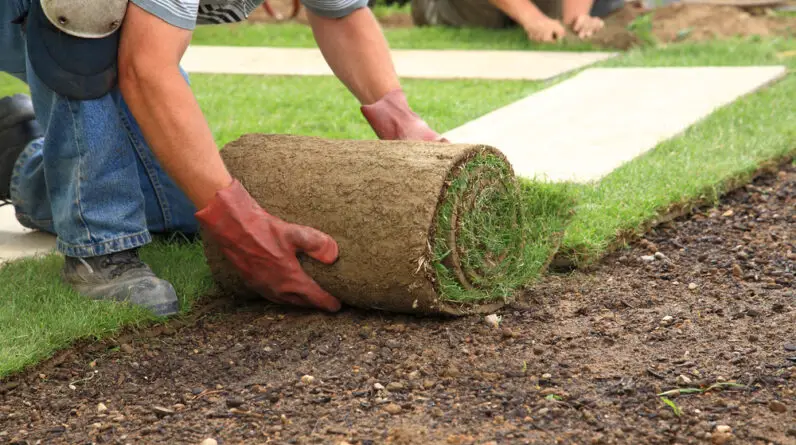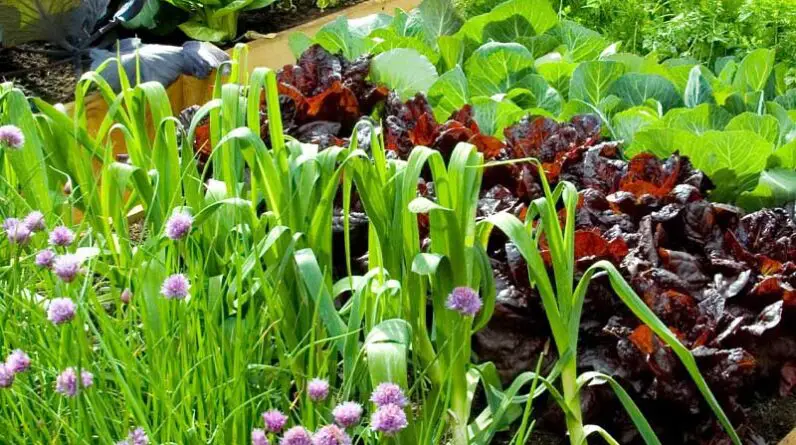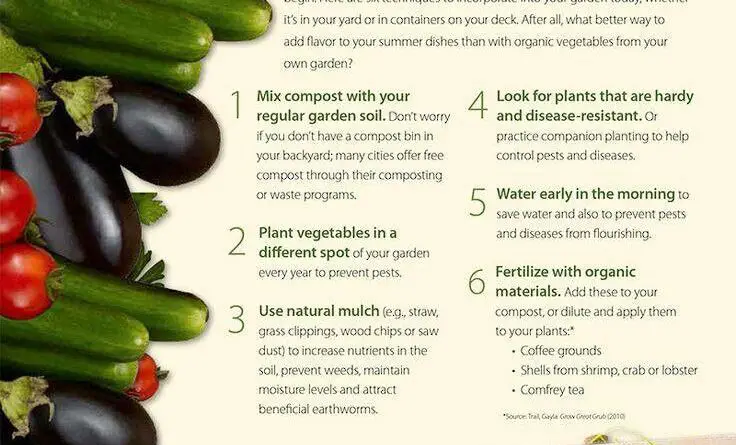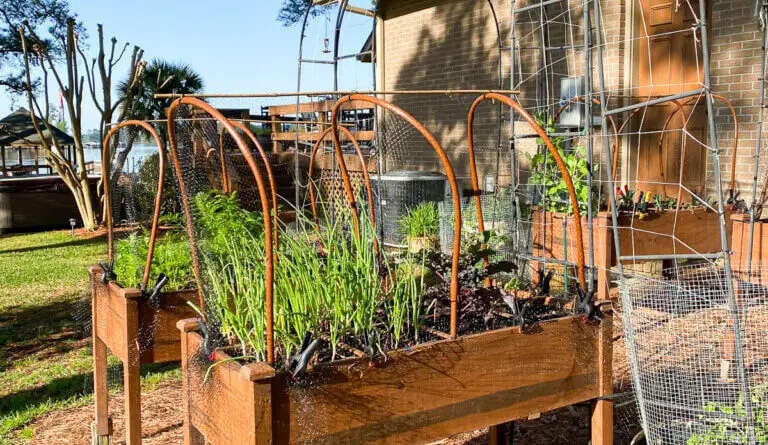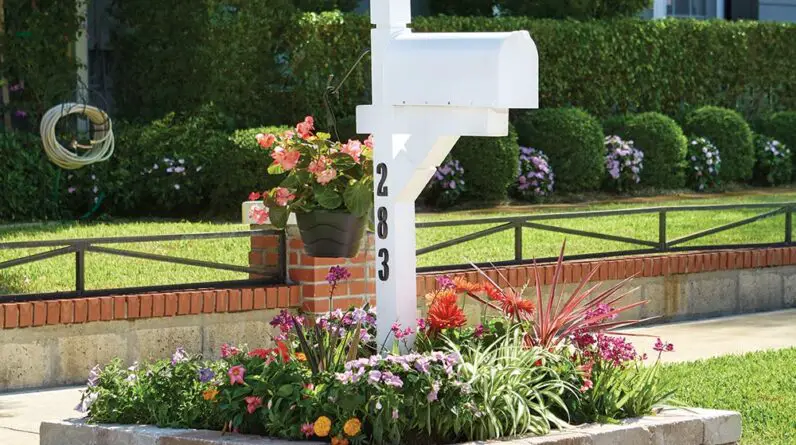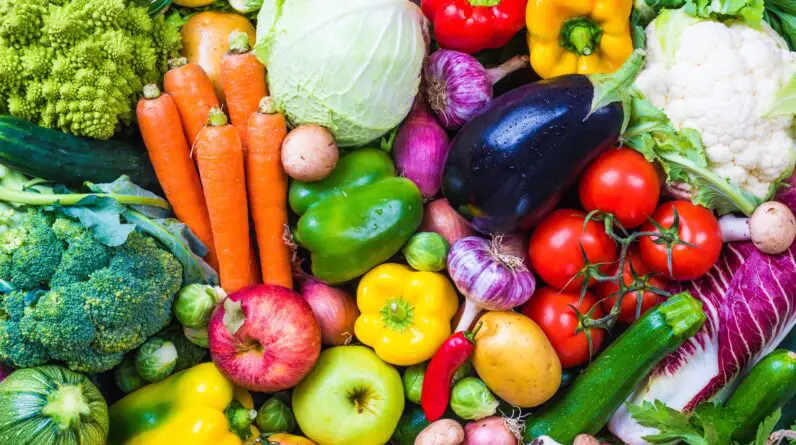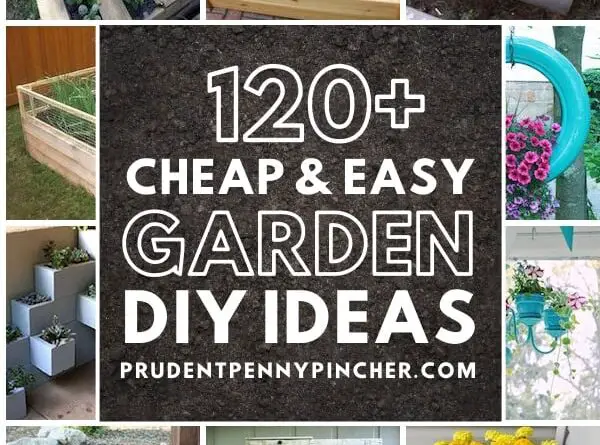
Introduction
Hello and welcome! Today, I want to share with you 10 easy gardening ideas for beginners. Whether you’re new to gardening or have always wanted to give it a try, these ideas are perfect for getting started. Gardening not only helps beautify your surroundings, but it also has numerous benefits for our mental and physical well-being.
Benefits of Gardening
Gardening is not just about growing pretty flowers or delicious vegetables; it offers a range of benefits. Firstly, spending time in nature and working with plants has a calming effect on our minds and reduces stress. Secondly, gardening provides a great form of exercise, as it involves physical activity like digging, lifting, and bending. Moreover, it is an excellent way to improve hand-eye coordination and fine motor skills. Lastly, gardening allows us to connect with the environment and appreciate the natural world around us.
Importance of Starting with Easy Ideas
For beginners, it is crucial to start with easy gardening ideas. This helps build confidence and ensures a positive experience. Easy gardening ideas require less maintenance and are more forgiving, allowing beginners to learn the basics without feeling overwhelmed.
Overview of 10 Easy Gardening Ideas
Now, let’s dive into the 10 easy gardening ideas for beginners. We’ll cover topics such as container gardening, growing herbs, planting low-maintenance perennials, starting a small vegetable garden, and more. Each idea will be explained in detail, providing step-by-step instructions to help you succeed.
So, let’s get started on this exciting journey of gardening! Stay tuned to discover how you can create a beautiful and thriving garden, even if you’re just starting out.
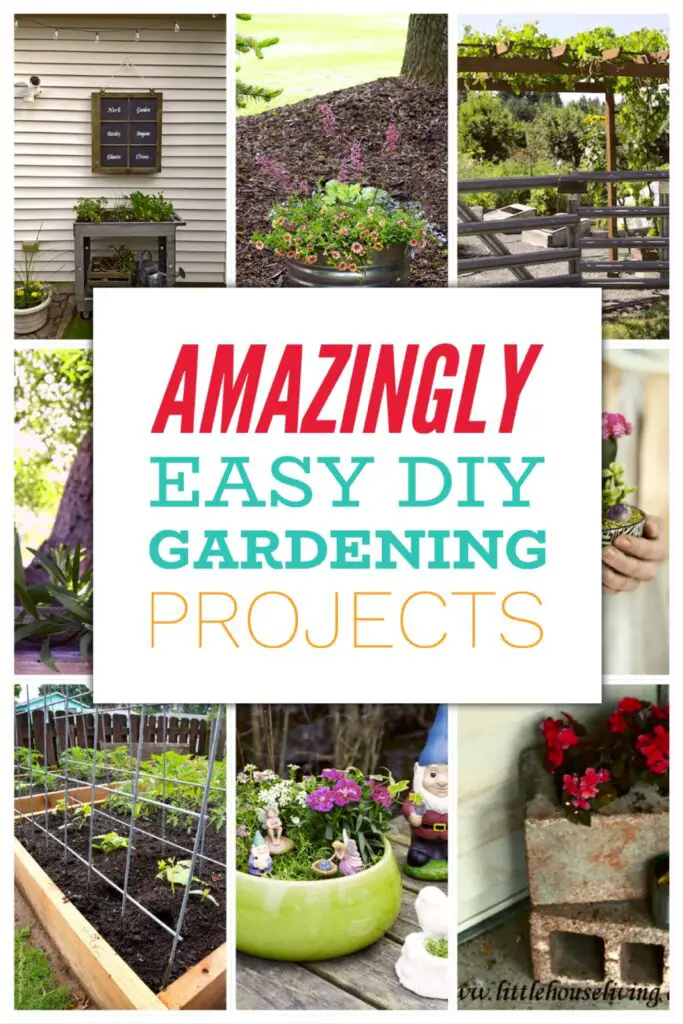
This image is property of www.homebeautifully.com.
Choosing the Right Location
Understanding Sunlight Requirements
As a beginner gardener, one of the first things you need to consider is the sunlight requirements of the plants you want to grow. Some plants thrive in direct sunlight, while others prefer partial shade. Understanding the needs of your plants will help you choose the right location in your garden. Observe the amount of sunlight a specific spot receives throughout the day and map out areas accordingly.
Considering Soil Conditions
The success of your garden largely depends on the quality of your soil. Before starting your gardening journey, it’s essential to assess the soil conditions in your chosen location. Take a sample of soil and test its pH and nutrient levels. Based on the results, you can then amend the soil with organic matter or fertilizers to ensure it is well-balanced and provides an ideal environment for your plants to grow.
Importance of Proper Drainage
Proper drainage is crucial for the health and wellbeing of your plants. Good drainage prevents water from pooling around the roots, which can cause root rot and other problems. Make sure the chosen location in your garden has good drainage by observing if water drains away quickly after a heavy rain. If not, you may need to improve the drainage by adding amendments or creating raised beds.
By choosing the right location, understanding the sunlight requirements, considering soil conditions, and ensuring proper drainage, you will set yourself up for success as a beginner gardener. So go ahead, start planning and enjoy the journey of creating a beautiful and thriving garden space!
Container Gardening
Container gardening is a great option for beginners who want to start gardening but have limited space or access to a traditional garden. It is an easy and flexible way to grow plants, allowing you to enjoy the beauty of nature even in small spaces such as balconies or patios.
Advantages of Containers
One advantage of container gardening is the ability to control the soil conditions. Unlike traditional gardens, you can easily customize the soil mix in containers to suit the specific needs of your plants. Additionally, containers offer better control over water drainage, reducing the risk of overwatering and root rot. They can also be easily moved around, allowing you to find the perfect spot for your plants to thrive.
Selecting Appropriate Containers
When choosing containers, opt for ones that have drainage holes to prevent waterlogged roots. The size of the container depends on the plant’s root system, so choose accordingly. Consider the material of the container as well. While terracotta pots are popular due to their stylish appearance, they tend to dry out more quickly than plastic or ceramic containers.
Choosing the Right Plants for Containers
Selecting the right plants for containers is crucial for successful gardening. Choose plants that are suitable for the amount of sunlight available in your chosen location. Some popular container plants for beginners include herbs like basil and mint, flowering plants like petunias and marigolds, and vegetables like tomatoes and peppers.
With these easy container gardening ideas, you can enjoy the beauty of gardening regardless of the space available. Happy gardening!
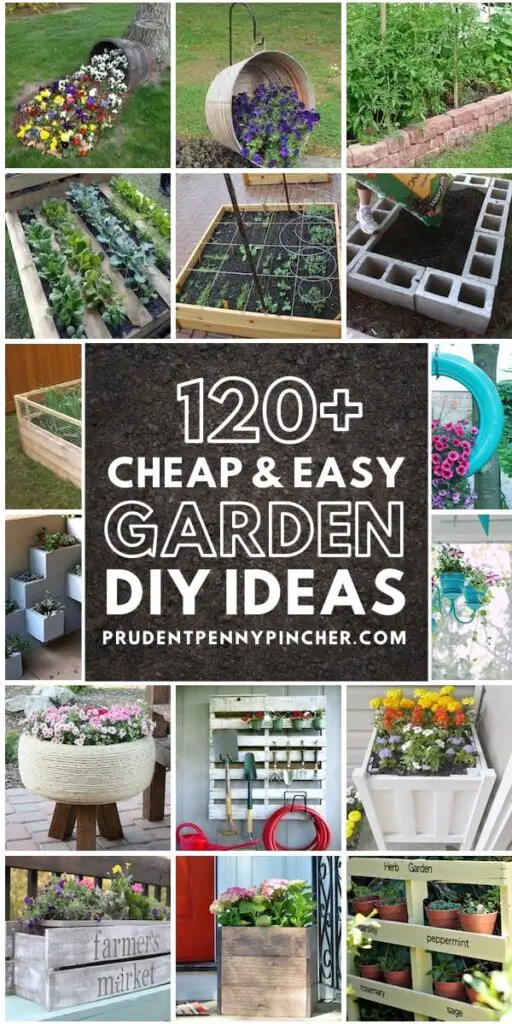
This image is property of www.prudentpennypincher.com.
Vertical Gardening
Vertical gardening is a great option for beginners who have limited space but still want to enjoy the benefits of gardening. By utilizing the vertical space in your garden, you can maximize your growing area and create a beautiful and productive garden.
Utilizing Vertical Space
One of the easiest ways to utilize vertical space is by using trellises or arbors. These structures can be placed against a wall or fence to provide support for climbing plants such as tomatoes, cucumbers, and beans. Hanging baskets and wall-mounted containers are also great options for growing herbs, flowers, and even small vegetables like lettuce and strawberries.
Types of Vertical Structures
There are various types of vertical structures that you can choose from, depending on your space and preferences. Some popular options include vertical gardening systems, such as the popular “green wall” or “living wall” systems, which allow you to grow plants vertically on a wall or fence. Vertical pallet gardens, ladder gardens, and tiered hanging gardens are also excellent choices.
Suitable Plants for Vertical Gardens
When it comes to choosing plants for your vertical garden, it’s important to consider their growth habits and space requirements. Vining plants like cucumbers, tomatoes, and pole beans are ideal for trellises, while herbs, lettuce, and flowers can thrive in hanging baskets or wall-mounted containers. Choose plants that are well-suited to your local climate and growing conditions.
vertical gardening offers a creative and space-saving solution for beginners who want to embark on their gardening journey. By utilizing vertical space and choosing suitable plants, you can create a stunning and abundant garden even in a small area. So go ahead and explore the world of vertical gardening – you’ll be amazed at the results you can achieve!
Herb Gardening
Benefits of Growing Herbs
Gardening is a rewarding hobby that allows you to connect with nature and grow your own fresh produce. As a beginner, herb gardening is an excellent place to start. Not only are herbs easy to grow, but they also have a wide range of benefits. First and foremost, growing herbs can save you money at the grocery store. Instead of purchasing expensive bunches of herbs, you can simply step outside and pick what you need from your own garden. Additionally, herbs are packed with flavor and can enhance the taste of any dish. They also offer numerous health benefits, such as boosting immunity and reducing inflammation.
Selecting Common Culinary Herbs
When it comes to selecting herbs for your garden, there are some common culinary herbs that are ideal for beginners. Basil is a versatile herb that can be used in pasta sauces, pestos, and salads. Rosemary is another popular choice, known for its aromatic fragrance and ability to enhance meat and vegetable dishes. Mint is perfect for refreshing beverages, while thyme adds a savory touch to soups and stews. Cilantro and parsley are great for adding freshness to Mexican and Mediterranean cuisines. By starting with these herbs, you’ll have a diverse range of flavors to experiment with in your cooking.
Tips for Maintaining an Herb Garden
To ensure the success of your herb garden, there are a few tips to keep in mind. First, it’s important to plant your herbs in well-draining soil that receives at least six hours of sunlight each day. Water your herbs regularly, making sure not to overwater them. Pruning is another essential task to promote healthy growth and maintain the shape of your plants. Finally, be mindful of pests that may invade your garden and take appropriate measures to protect your herbs.
herb gardening is an easy and rewarding activity for beginners. By growing your own herbs, you can enjoy the benefits of fresh and flavorful ingredients while connecting with nature. So why not give it a try and take the first step towards a greener thumb?
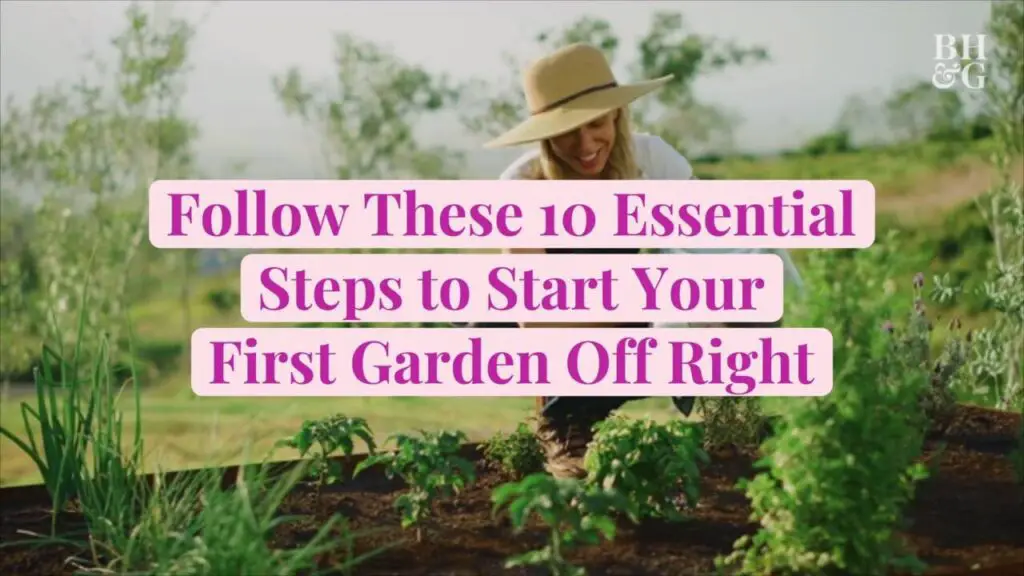
This image is property of cf-images.us-east-1.prod.boltdns.net.
Flower Gardening
Choosing the Right Flowers
As a beginner in gardening, one of the first steps is to choose the right flowers for your garden. Consider factors such as climate, soil type, and available sunlight. Some popular options for beginners include marigolds, petunias, and pansies. These flowers are known for being low-maintenance and resilient, making them perfect for novice gardeners.
Creating Colorful Flower Beds
After selecting your flowers, it’s time to create visually appealing flower beds. Start by preparing the soil, removing any weeds, and adding organic matter. Arrange your flowers in a way that complements their colors and sizes, ensuring that taller plants are placed at the back and shorter ones in the front. This layering technique will provide depth and visual interest to your flower beds.
Caring for Flowering Plants
Proper care is crucial for the health and longevity of your flowering plants. Make sure to water them regularly, as these plants require adequate moisture. Fertilize them with a balanced fertilizer every few weeks to promote healthy growth and vibrant blooms. Additionally, monitor and control pests and diseases to prevent any damage to your plants.
By following these easy flower gardening ideas, beginners can create beautiful and thriving gardens. Remember, gardening is a learning experience, so don’t be afraid to ask for advice or experiment with different plants. With patience, dedication, and a little bit of knowledge, you’ll soon be enjoying the rewards of your blossoming flower garden. Happy gardening!
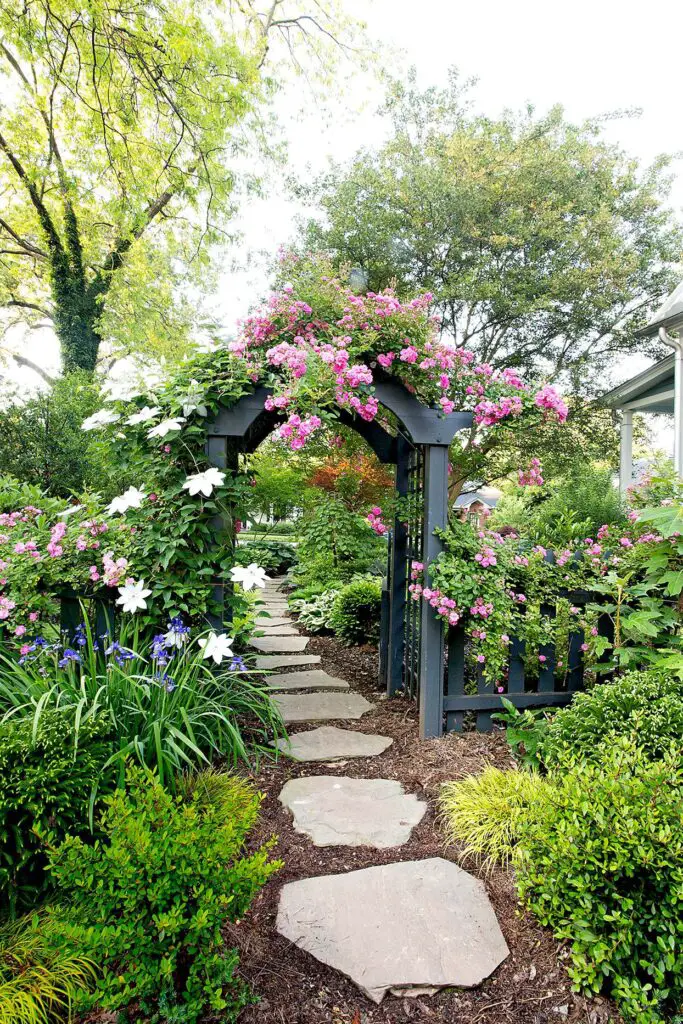
This image is property of www.bhg.com.
Vegetable Gardening
As a beginner, vegetable gardening is one of the best ways to start your gardening journey. Not only does it provide you with fresh and healthy produce, but it also offers a multitude of benefits.
Benefits of Growing Vegetables
Growing your own vegetables allows you to have complete control over what goes into your food. You can avoid harmful pesticides and chemicals, ensuring that your produce is safe to eat. Moreover, gardening is a great way to relax and relieve stress. It provides a sense of accomplishment and connection with nature.
Planning a Vegetable Garden
Before starting your vegetable garden, it’s essential to plan accordingly. Consider the available space, sunlight exposure, and the types of vegetables you want to grow. Understanding the basic requirements of each plant will help you allocate space and create an optimal environment for their growth.
Common Vegetable Varieties for Beginners
As a beginner, it’s advisable to start with easy-to-grow vegetables. Some common varieties include tomatoes, lettuce, cucumbers, and peppers. These crops are resilient and require minimal effort to thrive. Choose varieties that are suitable for your climate and grow well in your area.
By following these tips, you can embark on a successful vegetable gardening adventure. With a bit of dedication and patience, you’ll soon enjoy the fruits of your labor, both literally and figuratively!
Conclusion
In conclusion, gardening is a wonderful hobby that anyone can enjoy, even if you’re a beginner. I have shared with you ten easy gardening ideas that will help you get started on your gardening journey.
Summary of Easy Gardening Ideas
-
Start with container gardening: This is a great way to begin gardening as it requires less space and is easier to manage. You can grow a variety of plants in pots and containers.
-
Grow herbs: Herbs are perfect for beginners as they are easy to grow and maintain. They can be grown indoors or outdoors, and they add a lot of flavor to your dishes.
-
Plant flowers: Flowers bring beauty and color to your garden. Choose easy-to-grow varieties like marigolds, sunflowers, or pansies.
-
Try your hand at growing vegetables: Growing your own vegetables is rewarding and allows you to enjoy fresh produce right from your garden. Start with easy-to-grow vegetables like tomatoes, lettuce, or zucchini.
-
Create a mini succulent garden: Succulents are hardy plants that require very little care. They come in a variety of shapes and colors, making them a perfect addition to your garden.
Encouragement for Beginner Gardeners
If you’re feeling overwhelmed, don’t worry! Gardening is a learning process, and mistakes are bound to happen. Remember to start small and gradually expand your garden as you gain more experience. Join online gardening communities or take a gardening class to learn from experienced gardeners.
Gardening is not only a hobby but also a therapeutic activity that allows you to connect with nature. So, grab your gardening tools and get started on creating your own beautiful garden!


